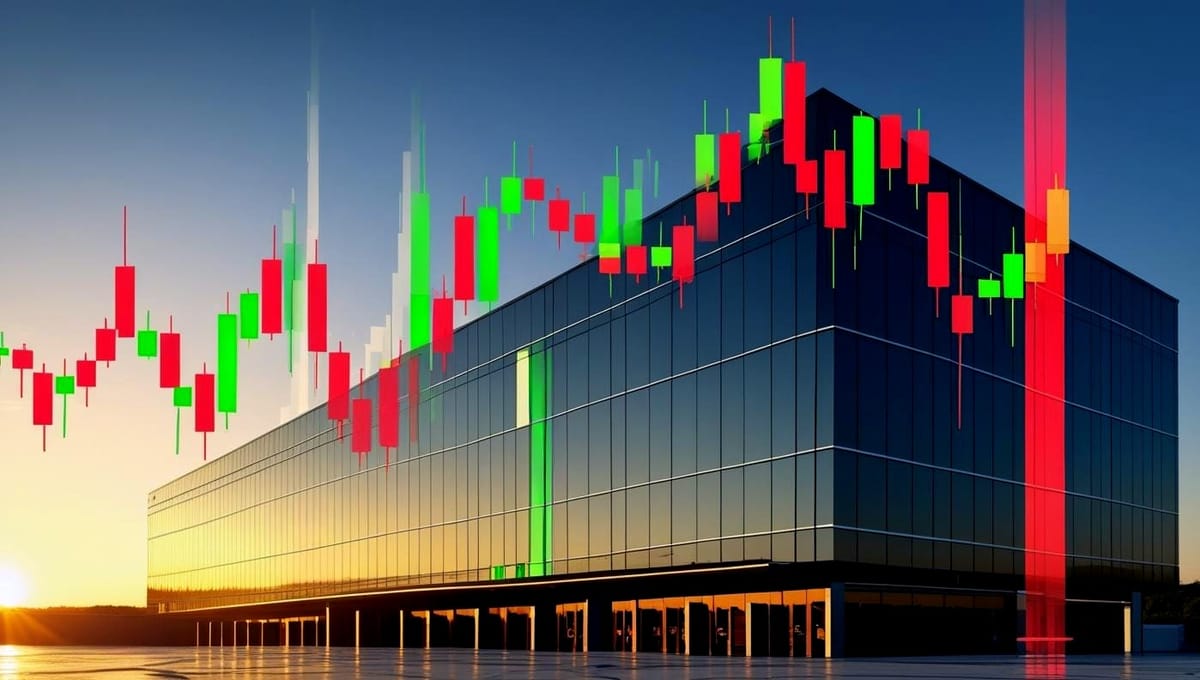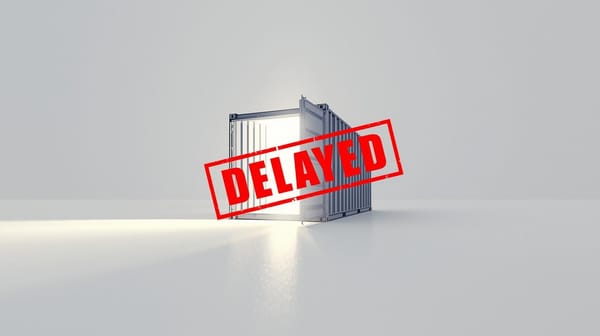The Investor's Guide to Data Center Power: 3 Non-Obvious Metrics That Move Markets

For decades, the value of commercial real estate was measured in square feet. For data centers, that metric is now dangerously obsolete. In the AI era, a data center is no longer a simple building; it is a power-hungry supercomputer, and its value is inextricably linked to its access to and consumption of energy.
For the savvy investor or trader looking to capitalize on the AI boom, understanding this new reality is the key to finding an edge. The winners and losers in the digital infrastructure race will not be determined by the size of their buildings, but by their command of the power grid. To see the future, you must look beyond the standard financial statements and analyze the operational metrics that truly matter. Here are three that signal where the market is heading next.
1. "Megawatts Under Contract": The New Gold Standard
The most crucial KPI for any data center REIT (like Equinix or Digital Realty) is no longer a real estate metric, but an energy one: "megawatts under contract." This figure represents the total power capacity leased by tenants and is the single best forward-looking indicator of a company's growth and profitability.
While quarterly revenue tells you where a company has been, megawatts under contract tells you where it is going. A steady increase in this number indicates strong demand and a healthy development pipeline. More importantly, it signals pricing power. In power-constrained markets, a megawatt of available capacity is the ultimate scarce resource, allowing operators to command premium lease rates. Financial analysts who track this energy-based KPI will have a much clearer picture of future earnings than those who are simply looking at past rental income.
2. The Power Supply Chain: Second-Order Winners
Investing in the AI boom doesn't stop with the data center operators. For every megawatt of capacity that is brought online, an entire ecosystem of publicly-traded companies sees a surge in demand for critical power infrastructure. This is the "picks and shovels" play on the data center gold rush.
Look at companies like Eaton (NYSE: ETN) and Vertiv (NYSE: VRT). They don't lease data center space, but they sell the high-margin, essential hardware that makes it work: Power Distribution Units (PDUs), Uninterruptible Power Supplies (UPS), and complex switchgear. As rack densities soar past 50kW and even 100kW, the demand for this advanced power equipment grows exponentially. An investor who understands the data center build-out cycle can analyze the order books of these suppliers to gain a non-obvious insight into the health of the entire construction pipeline, often months before it shows up in the REITs' earnings reports.
3. Transmission Constraints: The Geographic Moat
Not all megawatts are created equal. The recent and ongoing power delivery crisis in Northern Virginia, the world's largest data center market, serves as a critical case study. Dominion Energy has publicly struggled to build out the high-voltage transmission lines needed to service the area's explosive growth, leading to project delays and a moratorium on new connections in certain sub-regions.
For an investor, this isn't just a local news story; it's a powerful investment signal. It demonstrates that power availability is now a geographic "moat." Data centers located in emerging markets with abundant, low-cost power and clear transmission paths (such as Ohio, Iowa, or parts of the Nordics) have a massive competitive advantage. These transmission constraints create predictable winners and losers, driving up the value of assets in prepared regions while putting a ceiling on the growth of those in constrained ones. Tracking local utility commission filings and transmission line projects can be just as important as tracking a company's stock price.
Conclusion: Follow the Power
The data center industry has fundamentally transformed into a proxy for the energy market. The most successful investors will be those who learn to read the electrical grid as proficiently as they read a balance sheet. By focusing on these non-obvious, power-centric metrics, you can move beyond the headlines and identify the real signals that are shaping the future of digital infrastructure.




